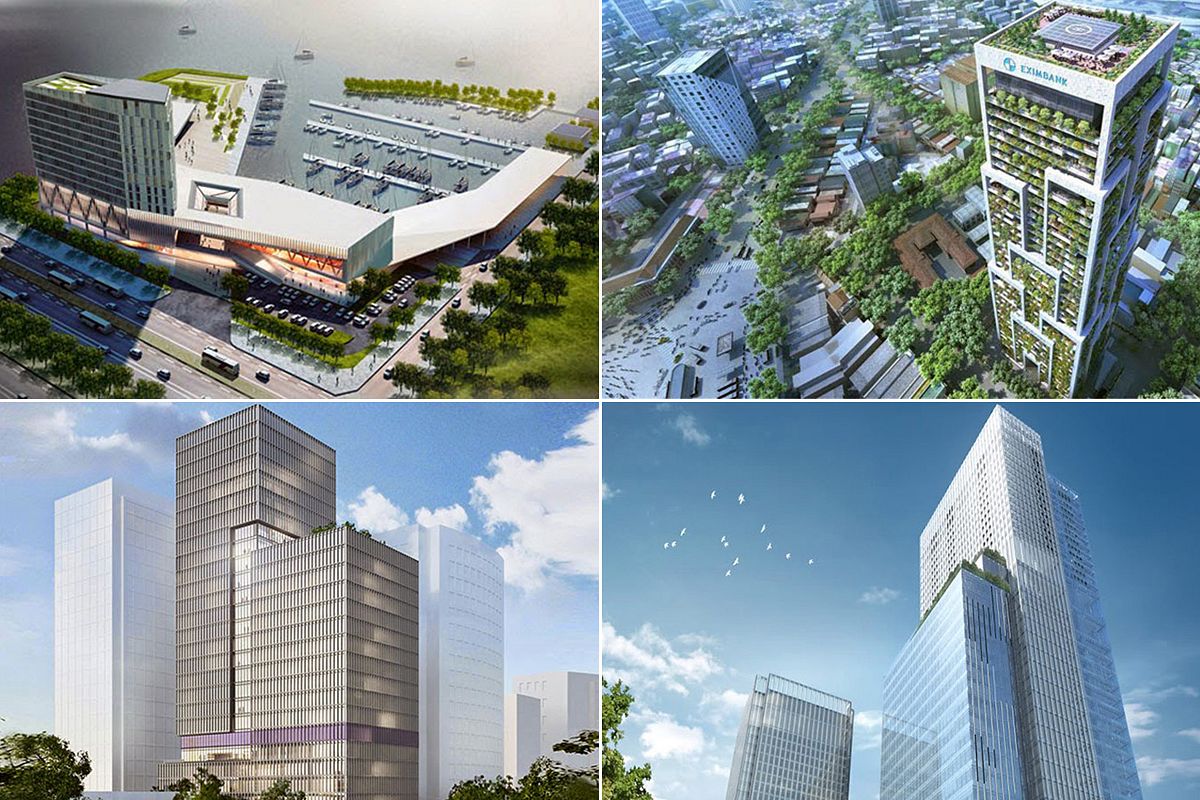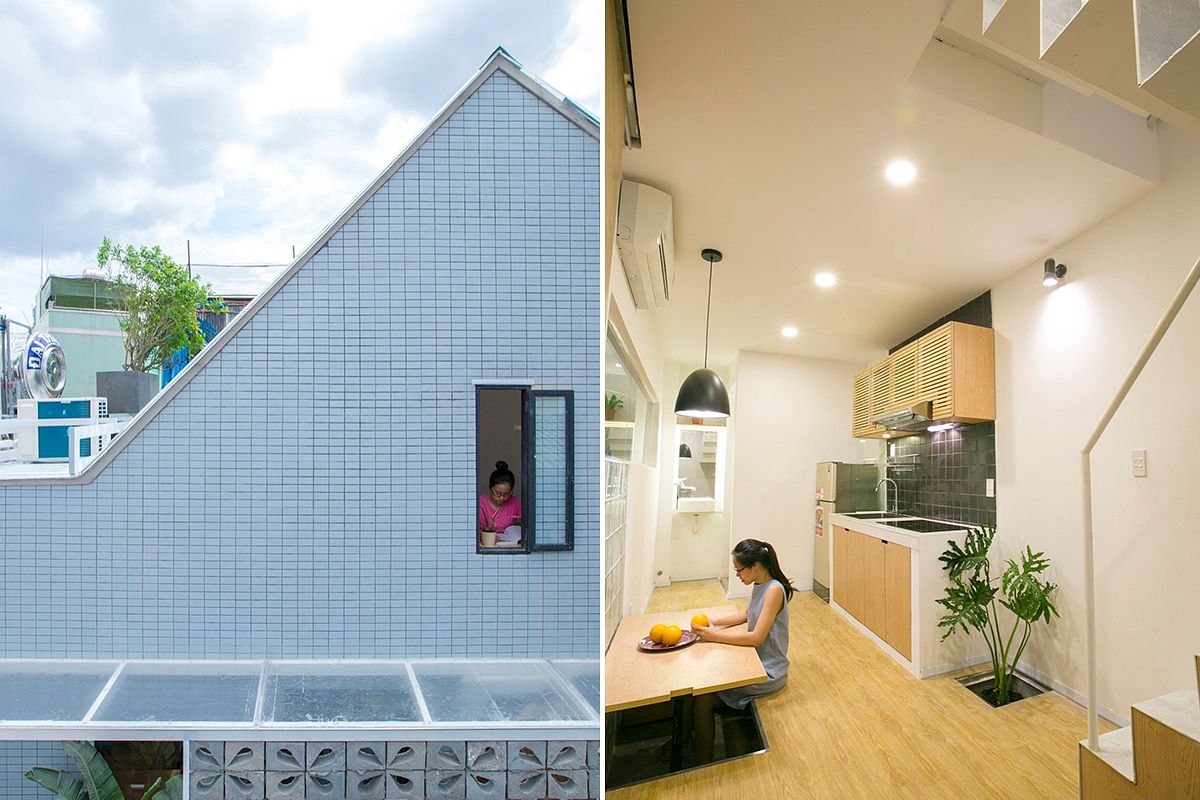The coupling of massive urban migration with heady economic development is hampering the sustainable progress of East and Southeast Asian megacities.
Since 2010, about 200 million people have flocked to urban areas in the two regions, according to Nikkei Asian Review.
To accommodate this influx, city skylines are rising, a telling sign of development, however poor infrastructure and ineffective management has led many of these rapidly developing cities to become overloaded. In cities across the region – from Jakarta and Manila to Phnom Penh, Bangkok and, of course, Saigon – an influx of new migrants has exacerbated a set of interrelated issues, including extreme traffic congestion, deadly flooding, severe pollution and a high degree of income inequality.
Saigon, for instance, is the most populous city in Vietnam despite having one of the lowest fertility rates. Even though official figures show the city’s population is now more than 8 million people, the actual figure could be much higher due to unofficial migration.
With many people comes many vehicles. Last year, Saigon was home to more than 6 million registered motorbikes, with that number climbing by the day. Much like Hanoi, Saigon’s increase in vehicles reflects a national trend: in 2013, the number of registered motorbikes in the country surpassed estimates from the government’s urban transportation development plan for 2020. At the same time, private car ownership is soaring, as the government goes back and forth between raising and lowering the luxury tax on vehicles.
The competition for space between two- and four-wheeled vehicles has become so cutthroat that heavy traffic congestion is now the norm. Experts have warned that, like other regional megacities, Saigon will become less livable should the city fail to find practical solutions, including the development of an efficient public transport system. Comprehensive city planning is urgently needed, especially in light of Saigon’s recent downpours, which brought the city to a standstill.
Throughout the region, tens of millions of motorbikes in use worsen air pollution. Many Asian cities do not meet air quality guidelines set by the World Health Organization, coordinator Carlos Dora of WHO’s environmental health work told the news outlet.
Vietnam’s southern hub is not alone in this developmental dilemma. A survey by the smartphone app Waze – which allows users to inform each other about current road conditions – ranked Jakarta and four other Indonesian cities among the world’s worst for driving. In the Indonesian capital alone, 1.67 million users rely on Waze to navigate gridlocked traffic. Other cities that frequently top the world’s worst traffic rankings include Cebu in the Philippines, Bangkok and China’s Chengdu.
Traffic isn't quite as bad in Yangon, Myanmar, but it's getting worse. The city, home to the largest collection of colonial-era buildings in Asia, is struggling to balance its rapid development with the preservation of its historical structures. The nonprofit organization Yangon Heritage Trust (YHT) believes the city needs effective planning to improve its streets while preserving the urban aesthetics.
“Poor infrastructure means high levels of noise and air pollution, rivers clogged with rubbish, piles of garbage in the streets and lack of hygiene from congested sewers or water drains,” YHT said in a statement, according to Nikkei.
Moreover, many Asian cities are vulnerable to flooding. Guangzhou, Mumbai and Kolkata are the three most flood-prone cities in the world, according to a 2013 study co-authored by economists from the World Bank and the Organization for Economic Cooperation and Development. Bangkok, Jakarta and Saigon are among the top 20.
Solving the above-mentioned issues requires a different mindset toward development, experts say. Here in Saigon, a research program sponsored by Germany has proposed the pursuit of “adaptation development” to achieve sustainability. The future of megacities like the southern hub, researchers argue, depends on how they adapt to and mitigate the effects of climate change.
With no simple solution to this problem, several plans are in the works in Saigon. Earlier this year, the southern hub re-mapped its flood zones and enacted a US$441 million flood prevention plan which will see the construction of an embankment along the Saigon River as well as several floodgates along the city's canals. Authorities have also looked into building reservoirs to quell flooding both on city streets and on the runways of Tan Son Nhat International Airport.
[Photo via VietnamNet]














